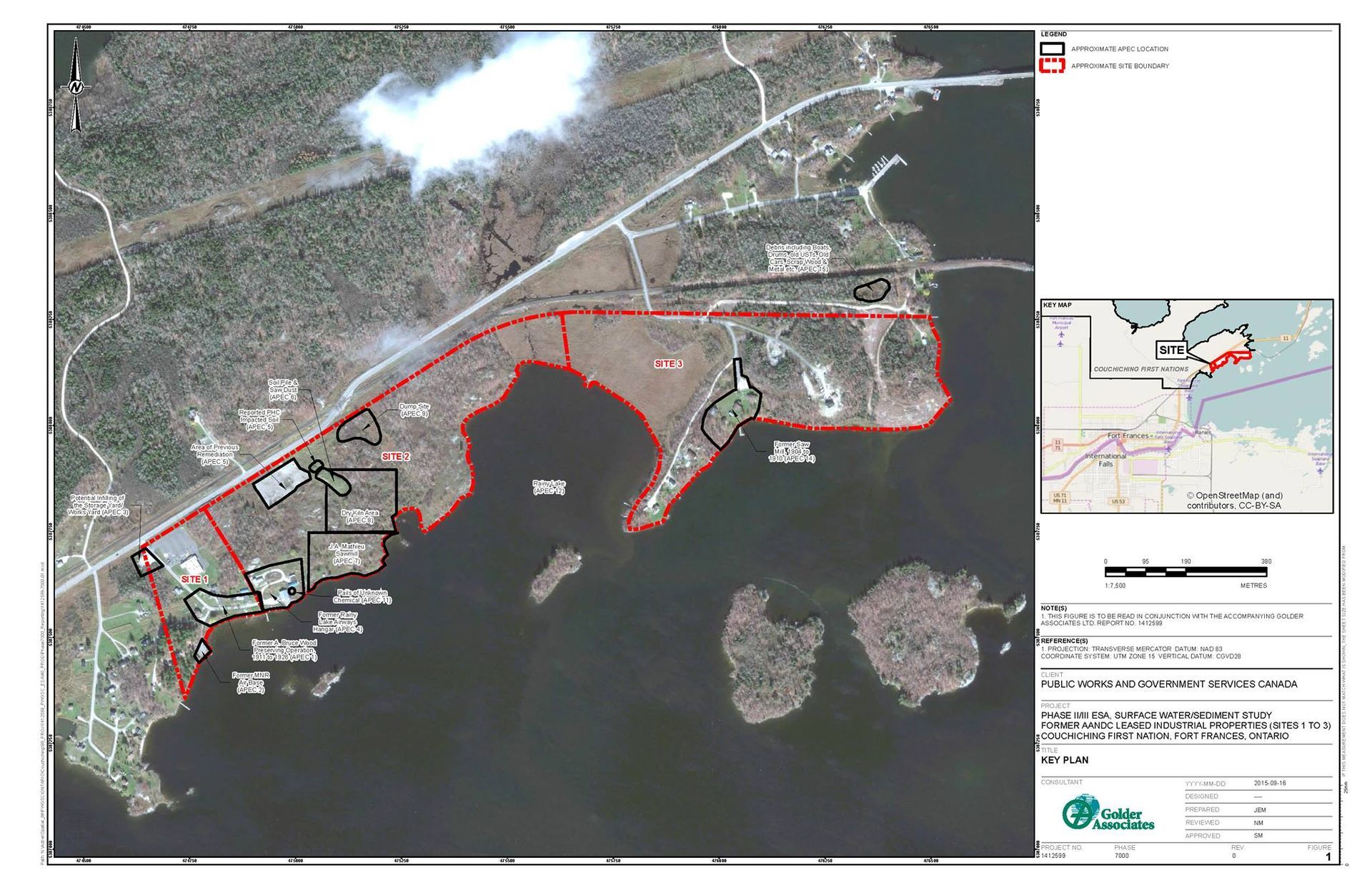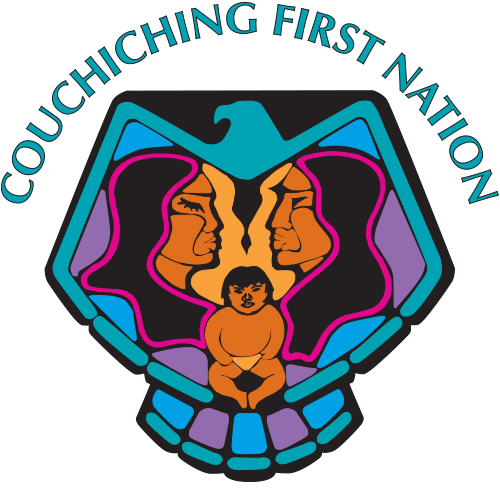Contaminated Sites/Lands & Resources
The Contaminated Sites/Lands & Resources Project covers various initiatives & activities, focusing on environmental restoration & community, cultural preservation & sustainable development.
Departmental Activities
Traditional Knowledge Study
This involves consulting the community members with knowledge of traditional land use, mapping important sites & documenting associated stories within the territory of Couchiching First Nation.
Land Use Planning
Assessing current land usage while linking historical knowledge with future sustainable planning, focusing on economic development & community aspirations.
Historical Research
Ongoing studies explore the community's history & geographical region.
Mining Activity Tracking
Communication with mining companies ensures mining activity respects traditional protocols & protects First Nation rights, supported by Tribal level Mineral Development advisors.
Cabin & Lot Assignment Policy
A draft policy is being developed to manage the limited shoreline space & residential lots available to Couchiching First Nation membership.
Contaminated Sites
The project aims to restore the land & water to a condition suitable for community-based development & infrastructure.
Overall Objective
The overall goal is community empowerment through sustainable development, cultural preservation & environmental stewardship.

WORKING TOGETHER
Couchiching First Nation Industrial Lands Remediation Project
The Project
The Contaminated Site (FCSI # 5152001) is located in Couchiching First Nation, along the shore of Rainy Lake. Indigenous Services Canada leased out the site from 1904 until 2000 for various industrial uses including sawmill operations, wood treatment facilities, float plane bases and an asphalt plant. These activities resulted in contamination of the site. The project consists of the remediation of contaminated land and removal of debris upland, along the shoreline and in the water lot. The project will be completed over a period of 5 to 6 years and includes:
-Excavation and off-site disposal of contaminated soil and debris in most of the upland areas of the site (including building foundations) and wetland, as well as debris along some of the shoreline and shallow water in Rainy Lake followed by backfilling/restoration of the excavated areas.
-Potential installation of a vegetative cap in areas where building development is unlikely due to future flood risk
-Removal and off-site disposal of debris (piles, docks, deadheads and other large debris in the lake) within the water lot adjacent to the site along with excavation, off-site disposal of contaminated soil and debris, and rehabilitation for the portion of the shoreline south of Harry's Road and installing an asphalt hard cap in selected upland areas.
Contacts:
For more information regarding ongoing Contaminated Sites/Lands & Resources initiatives contact:
Contaminated Sites/Lands & Resources Project Coordinator
Sandy Bruyere
P: 807-274-3228
F: 807-274-5574
sandy.bruyere@couchiching.ca
or
Environmental Monitor
Brandon Jones
807-274-3228
brandon.jones@couchiching.ca

CONTACT
BAND OFFICE ADDRESS
Couchiching First Nation
RMB 2027, R.R. #2
Fort Frances, ON
P9A 3M3
Couchiching First Nation
